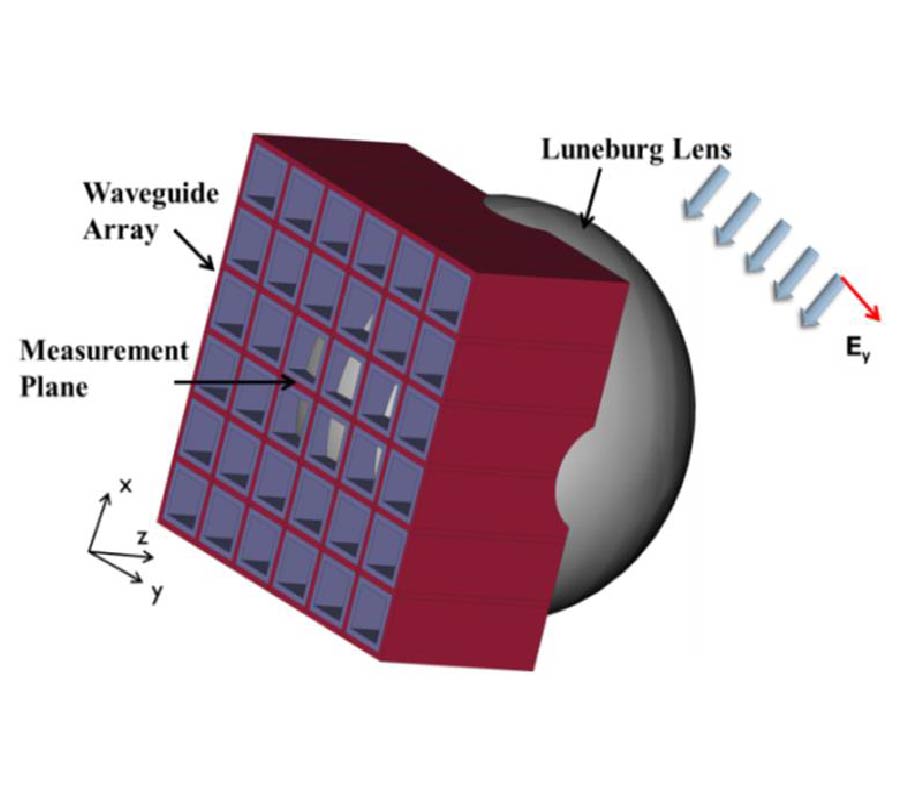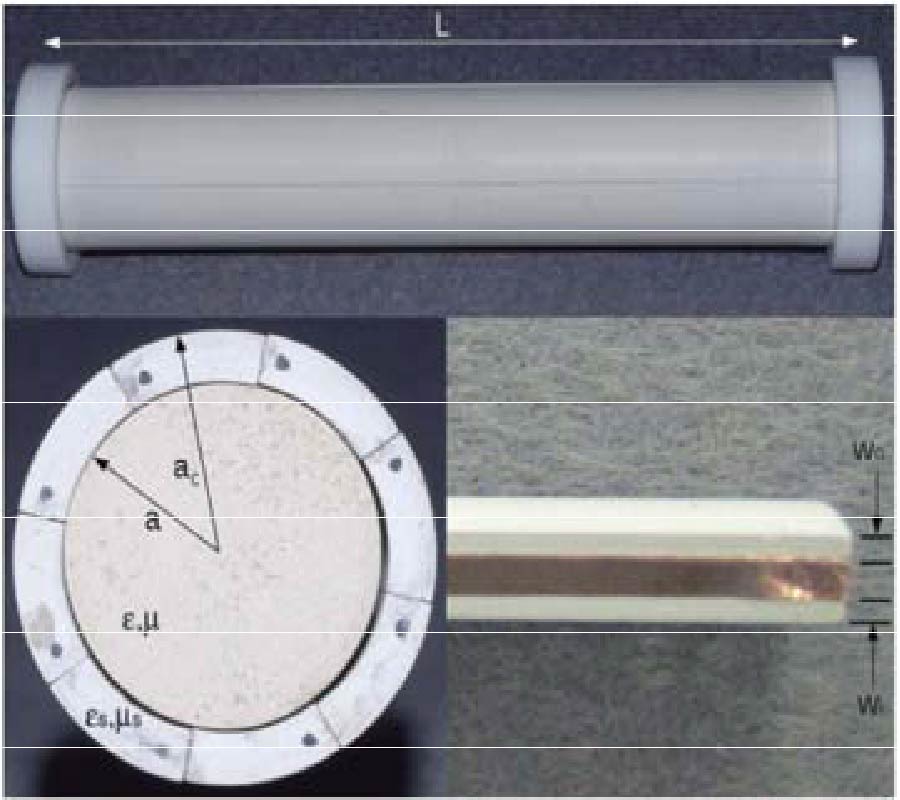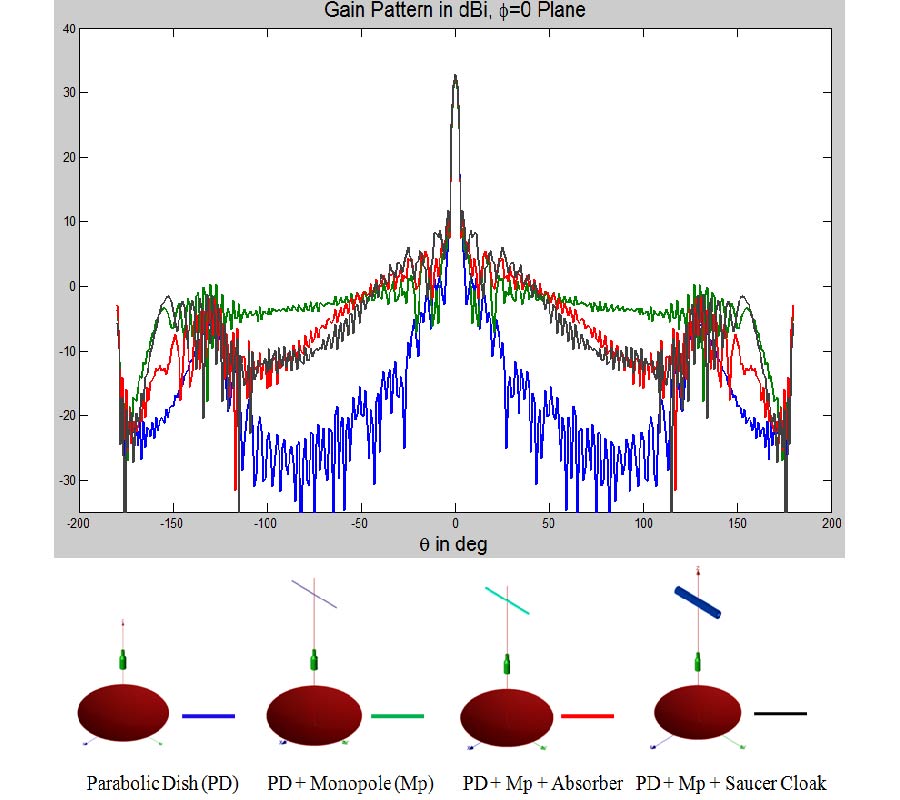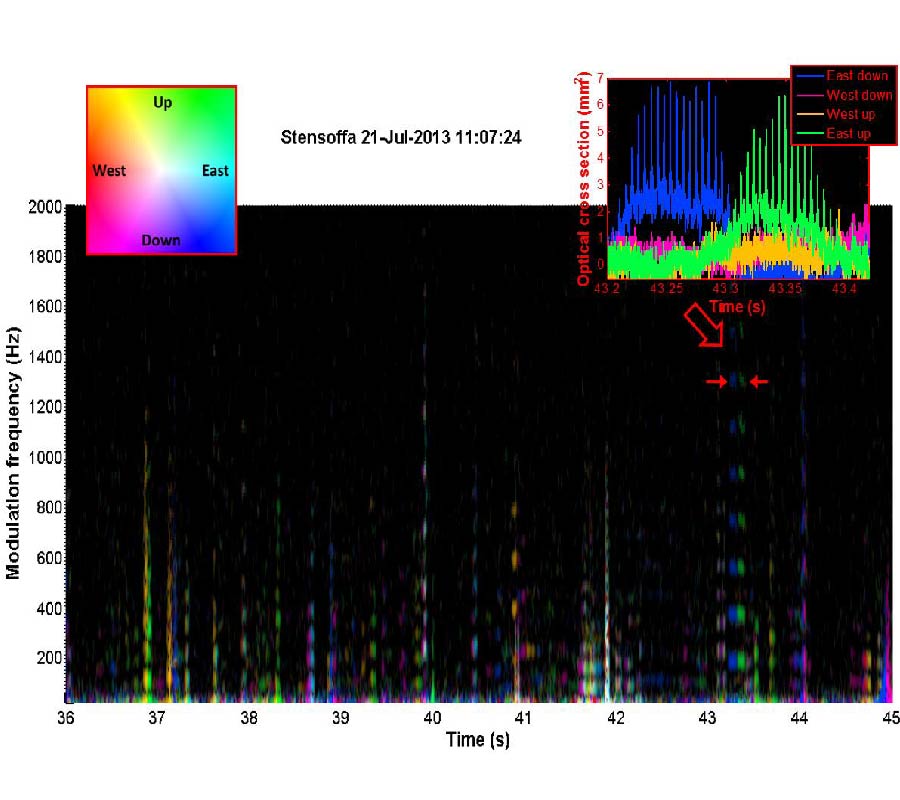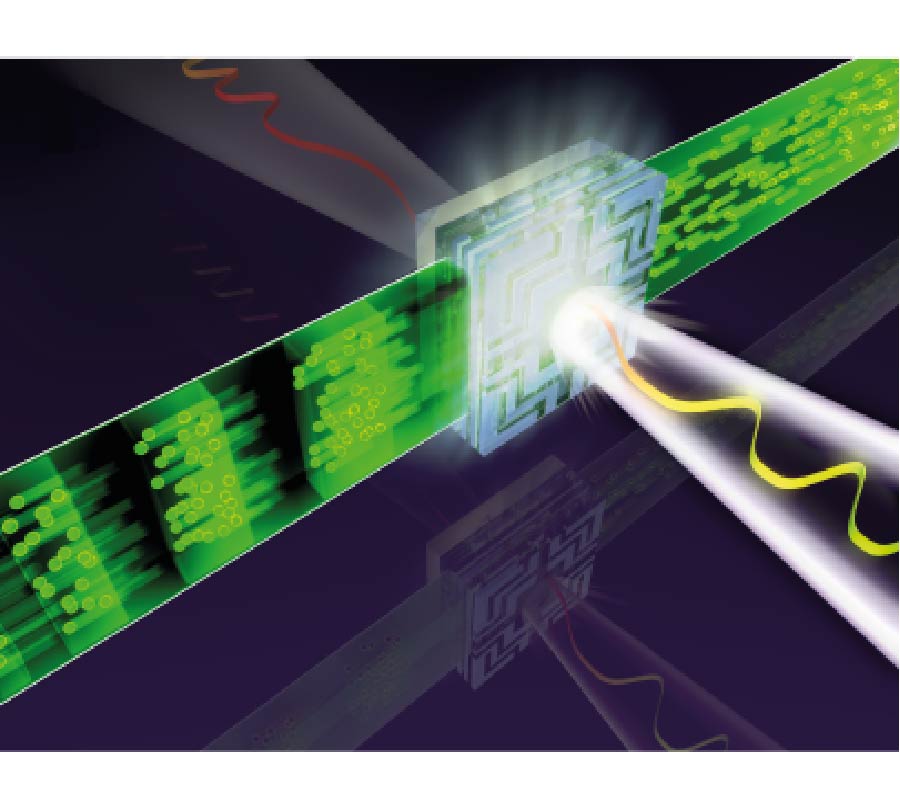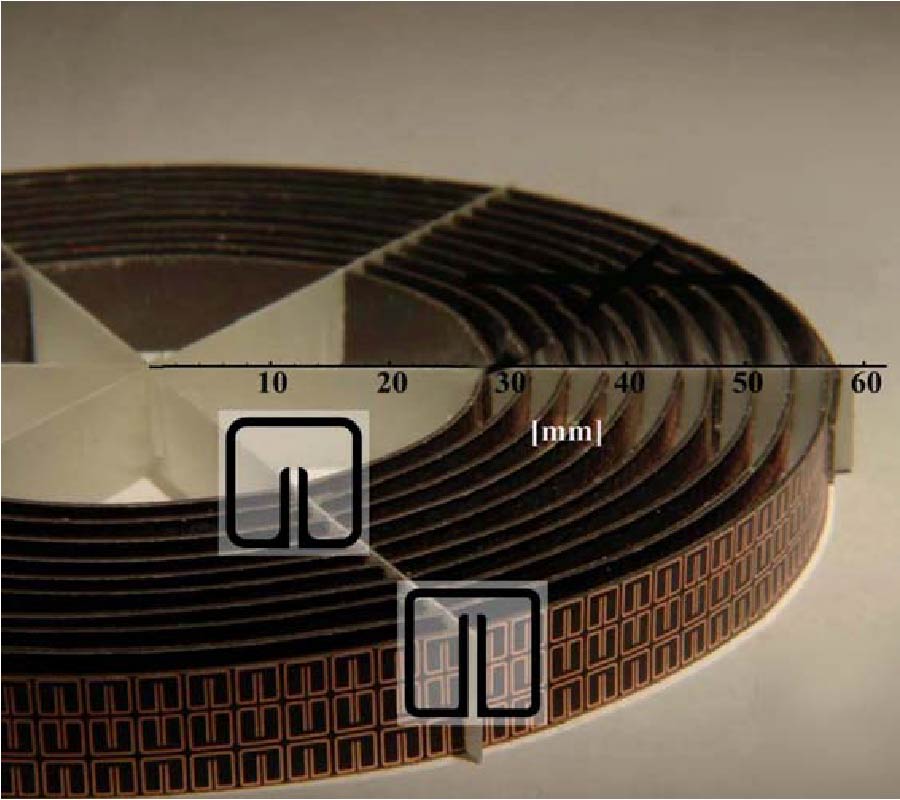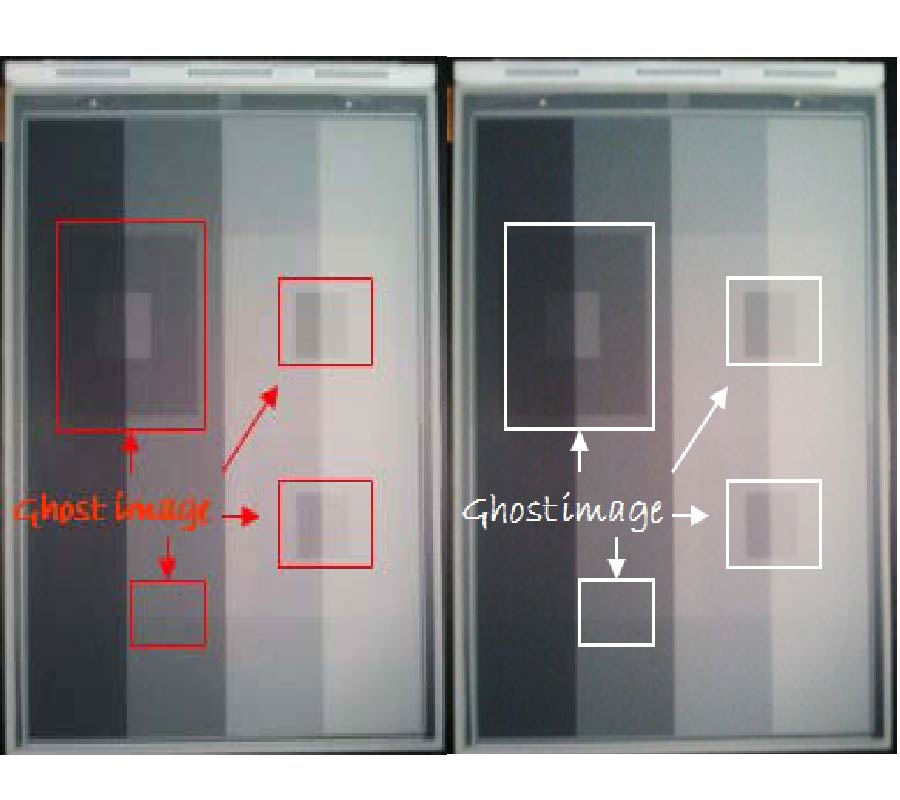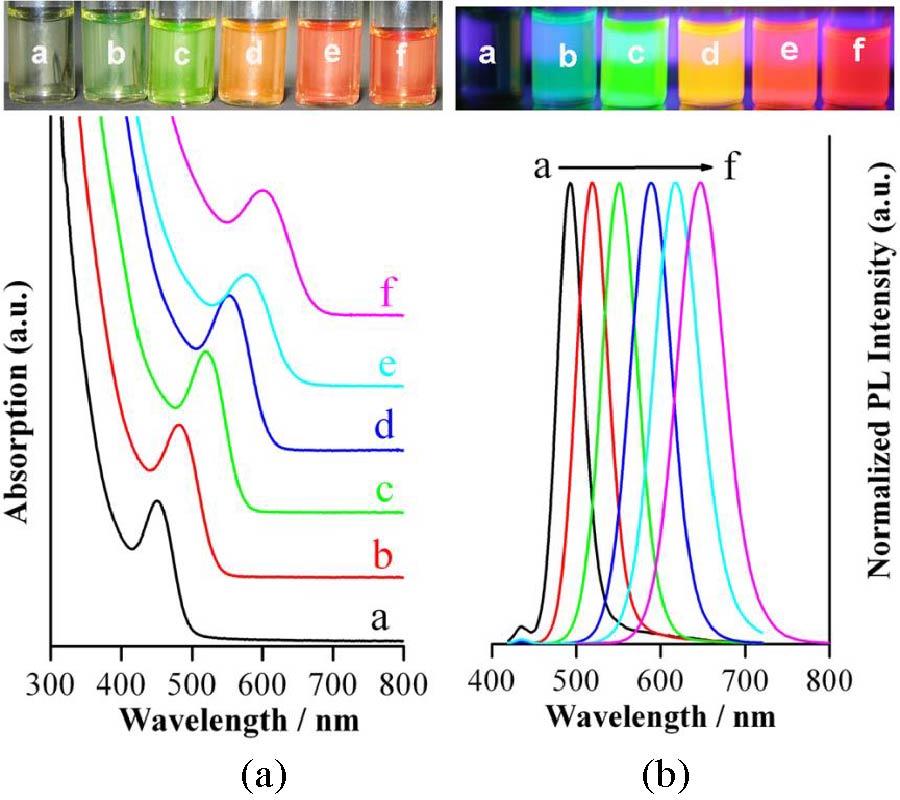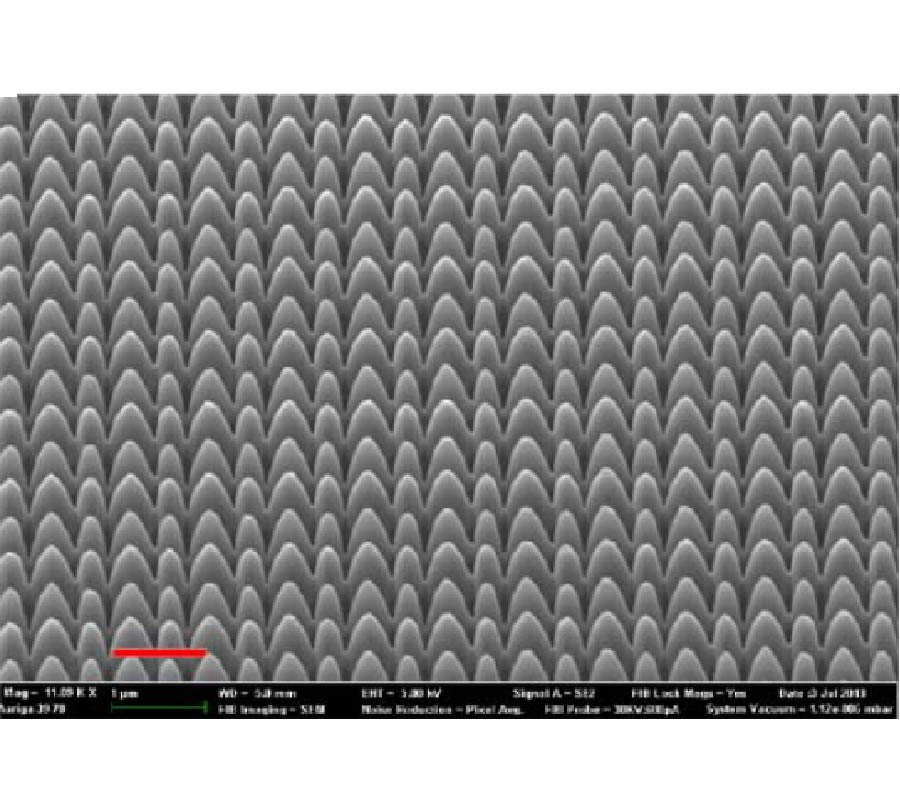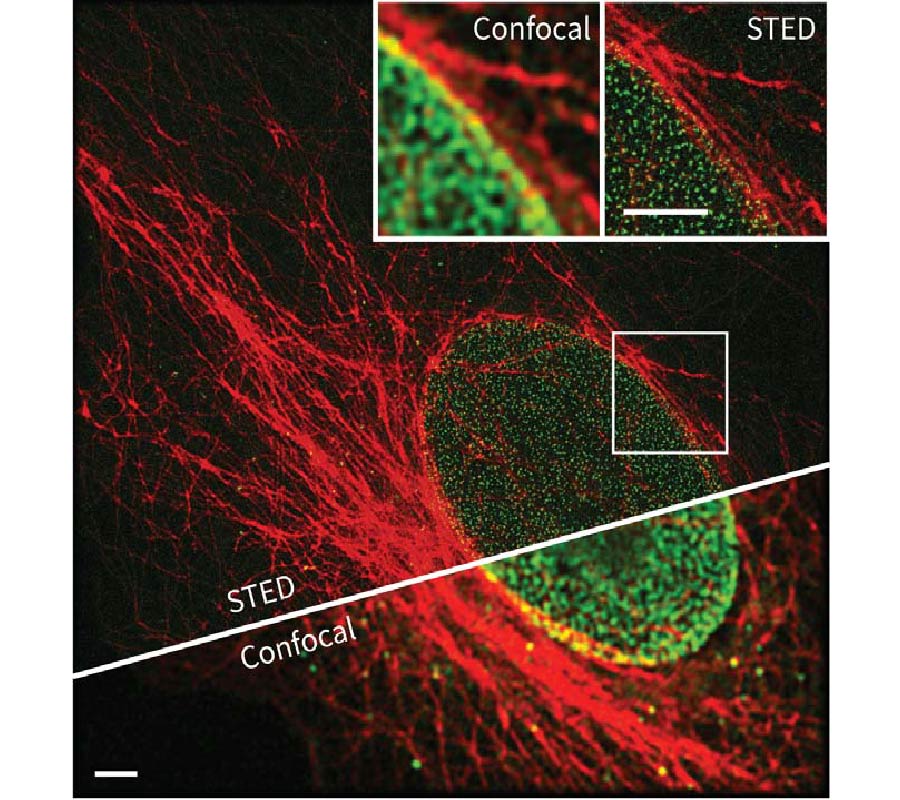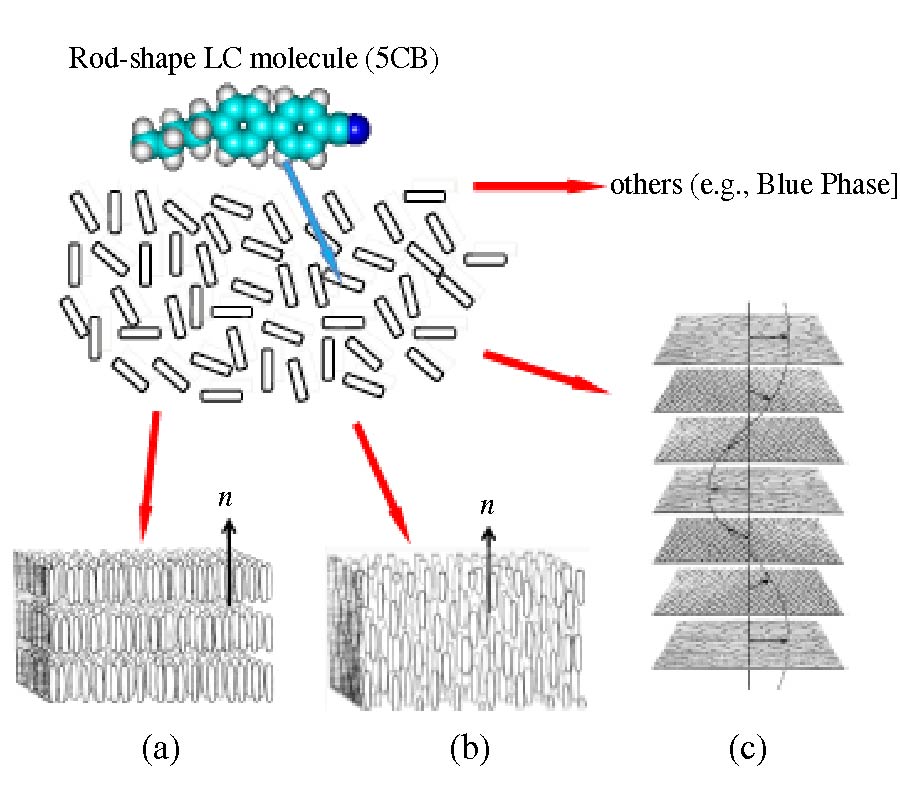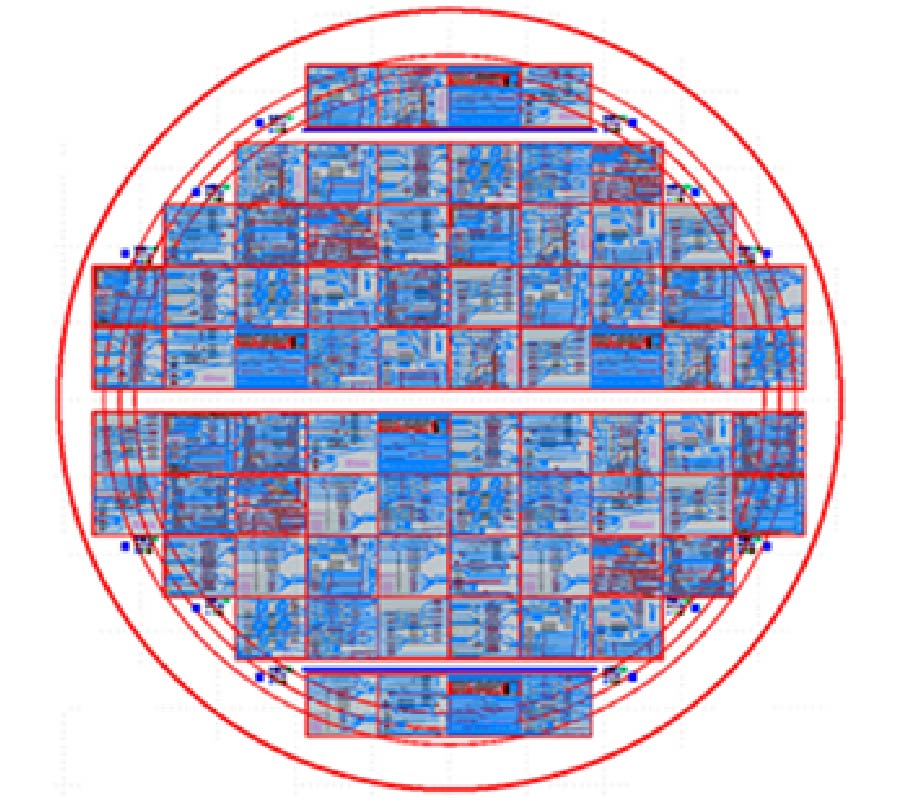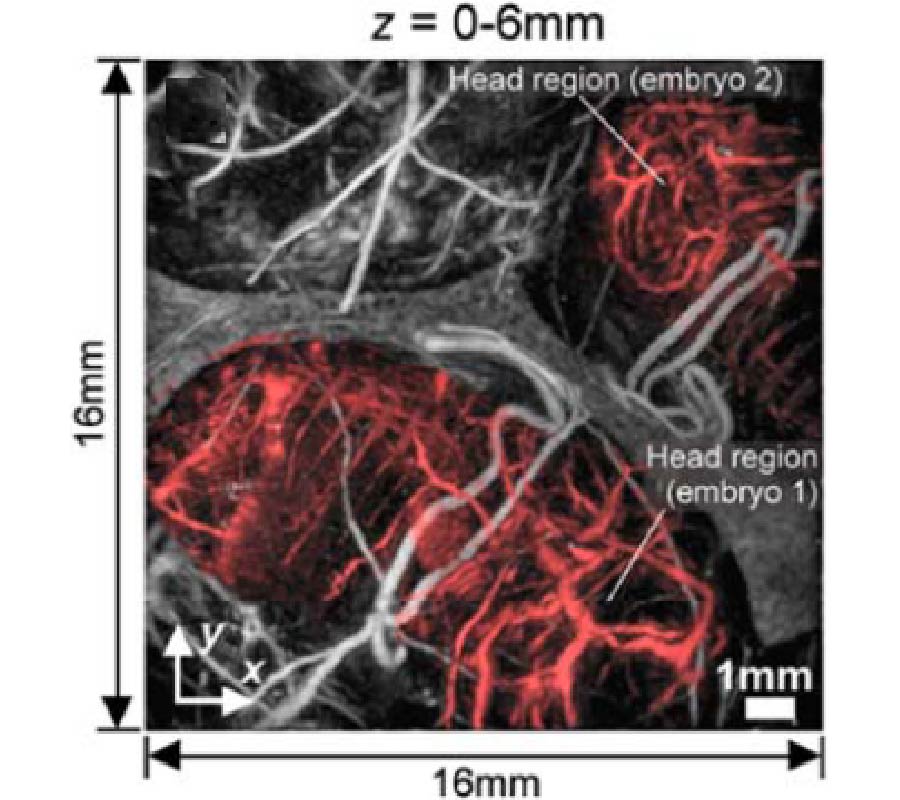Cloaking and Invisibility: A Review (Invited Review)
Romain Fleury and
Andrea Alu
Invisibility has been a tantalizing concept for mankind over several centuries. With recent developments in metamaterial science and nanotechnology, the possibility of cloaking objects to incoming electromagnetic radiation has been escaping the realm of science fiction to become a technological reality. In this article, we review the state-of-the-art in the science of invisibility for electromagnetic waves, and examine the different available technical concepts and experimental investigations, focusing on the underlying physics and the basic scientific concepts. We discuss the available cloaking methods, including transformation optics, plasmonic and mantle cloaking, transmission-line networks, parallel-plate cloaking, anomalous resonance methods, hybrid methods and active schemes, and give our perspective on the subject and its future. We also draw a parallel with cloaking research for acoustic and elastodynamic waves, liquid waves, matter waves and thermal flux, demonstrating how ideas initiated in the field of electromagnetism have been able to open groundbreaking venues in a variety of other scientific fields. Finally, applications of cloaking to non-invasive sensing are discussed and reviewed.
